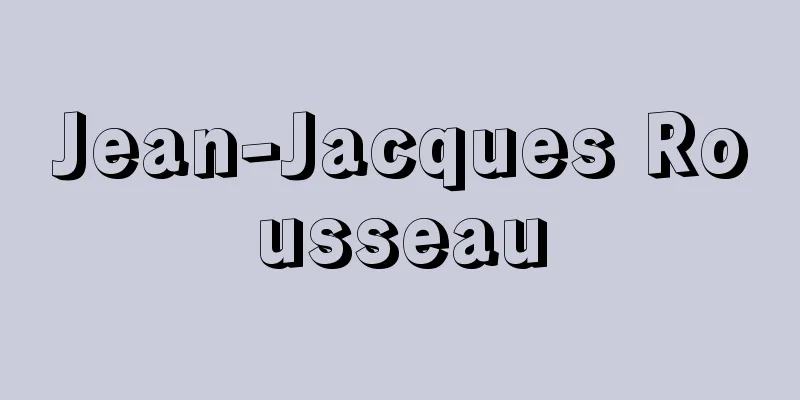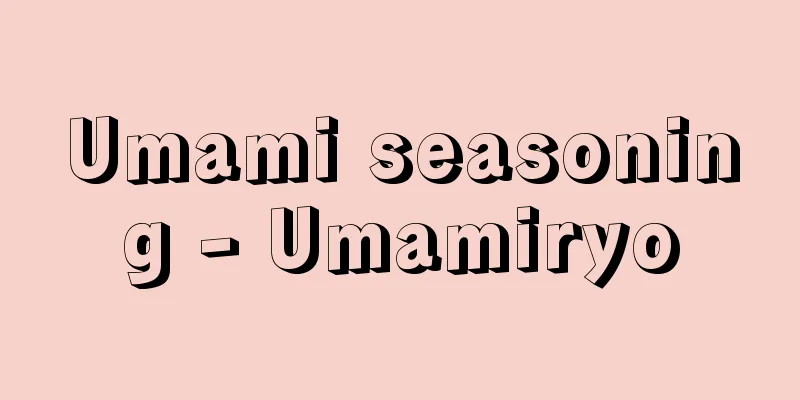The Navis - Naviha (English spelling) les Nabis

|
A group of anti-naturalist painters formed in Paris at the end of the 19th century in sympathy with Gauguin's aesthetics. In the autumn of 1888, Paul Sérusier produced a landscape painting in Pont-Aven, Brittany, using bold colors and flat painting techniques in accordance with Gauguin's innovative teachings. He returned to Paris and shared his experience with young painters at the Academie Julian, which led to the formation of a new group. In addition to Sérusier, Denis, Paul Ranson, Henri Ibels, Bonnard, Ker-Xavier Roussel, and Vuillard were among the members, and later Jan Verkade, sculptor Georges Lacombe, Ripple Ronay, and painters Maillol and Vallotton joined. "Nabi" means "prophet" in Hebrew, and the use of such an incomprehensible word as a name suggests the group's mystical tendencies. In fact, Denis, Sérusier, and Ranson, who were ardent Catholics and well versed in theosophy and mystical philosophy, gave the Nabis movement a particularly mystical and religious flavor. However, Bonnard, Roussel, and Vuillard kept a certain distance from such tendencies. The Nabis held group exhibitions at the Galerie Le Barque de Butteville and other venues from 1891 to 1899. Their aesthetics were influenced by Gauguin, Redon, Puvis de Chavannes, and ukiyo-e prints, and were anti-naturalistic, decorative, and symbolic. Their flat, bold composition of the paintings emphasized the autonomy of the formative elements, and showed the basic direction of modern painting. They also had a relationship with the magazine Le Vieux Blanche, and they were involved not only in painting, but also in posters, illustrations, stage sets, and costume design. The Nabi movement lasted for about ten years at the end of the century, after which each artist went their own way and the movement naturally dissipated. [Tatsuji Omori] "Contemporary Painting 8: Bonnard and the Nabis" by Renata Negri, translated by Midori Wakakuwa (1974, Heibonsha) [References] |Source: Shogakukan Encyclopedia Nipponica About Encyclopedia Nipponica Information | Legend |
|
19世紀末、ゴーギャンの美学に共鳴してパリで結成された、反自然主義の画家グループ。1888年の秋、ポール・セリュジエはブルターニュ地方のポンタバンで、ゴーギャンの革新的な教えに従って、大胆な色彩と平面的な描法による一枚の風景画を制作。その体験をパリに戻ってアカデミー・ジュリアンの若い画家たちに伝えたことに端を発して、新しいグループが形成された。セリュジエのほか、ドニ、ポール・ランソン、アンリ・イベルス、ボナール、ケル・グザビエ・ルーセル、ビュイヤールらがそのメンバーとなり、その後さらに、ヤン・フェルカーデ、彫刻家のジョルジュ・ラコンブ、リップル・ロナイ、当時画家であったマイヨール、バロットンらがそれに加わった。「ナビ」とはヘブライ語で「預言者」を意味するが、こうした一般には理解しがたいことばを名称とすることに、このグループの神秘主義的傾向をうかがうことができよう。事実、熱烈なカトリック信者であり、神智(しんち)学や神秘哲学に通じていたドニ、セリュジエ、ランソンらは、ナビ派の運動にとりわけ神秘的・宗教的趣(おもむき)を与えた。しかし、ボナール、ルーセル、ビュイヤールらはそうした傾向からやや距離を置いていた。ナビ派は1891年から99年にかけてル・バルク・ド・ブットビル画廊などでグループ展を開催。その美学は、ゴーギャンをはじめ、ルドンやピュビス・ド・シャバンヌ、さらには浮世絵版画などの影響を受け、反自然主義的・装飾的・象徴主義的なものであり、造形要素の自律性を強調した平面的で大胆な画面構成によって、近代絵画の基本的方向を示した。また彼らは雑誌『ルビュ・ブランシュ』とも関係をもち、絵画のみならず、ポスター、挿絵、舞台装置や衣装のデザインにも手を染めた。ナビ派の運動は世紀末の10年余り続き、その後、各作家はそれぞれ独自の道を歩んで、運動は自然解消した。 [大森達次] 『レナータ・ネグリ著、若桑みどり訳『現代の絵画8 ボナールとナビ派』(1974・平凡社)』 [参照項目] |出典 小学館 日本大百科全書(ニッポニカ)日本大百科全書(ニッポニカ)について 情報 | 凡例 |
>>: Nakhchivan (English spelling) Нахичеван/Nahichevan
Recommend
Caiman Islands - Kaiman
→Cayman Islands Source : Heibonsha Encyclopedia Ab...
Enragés - Enragés (English spelling)
A radical group during the French Revolution. The...
Copying paper - Fukushishi
Thin paper used to copy pencil, ballpoint pen, or...
William Frederick Cody
…His real name was William Frederick Cody. He was...
"I Can't Stop Loving You" (English)
...After many attempts, in 1954 he created his ow...
salarium
…For these reasons, salt has long served as a kin...
Aei
Chinese literary historian and critic. His real na...
Disconnecting switch
A switch used to keep an electric circuit "o...
Maitake (Maitake) - Grifola frondosa
Basidiomycetes, order Aphyllosteganaceae, family P...
Arlequin (English spelling)
French name for Arlecchino, a manservant in the Co...
Autoprotolysis
...In this sense, organic solvents also belong to...
Eschatology - eschatology
The meaning of the term is "teachings about t...
Otomo no Nagatoku - Otomo no Nagatoku
A court official in the mid-7th century. Son of K...
Austrocedrus
...The subfamily Cupressaceae includes species su...
Spores - Houshi
A cell formed by an organism as a means of asexua...









